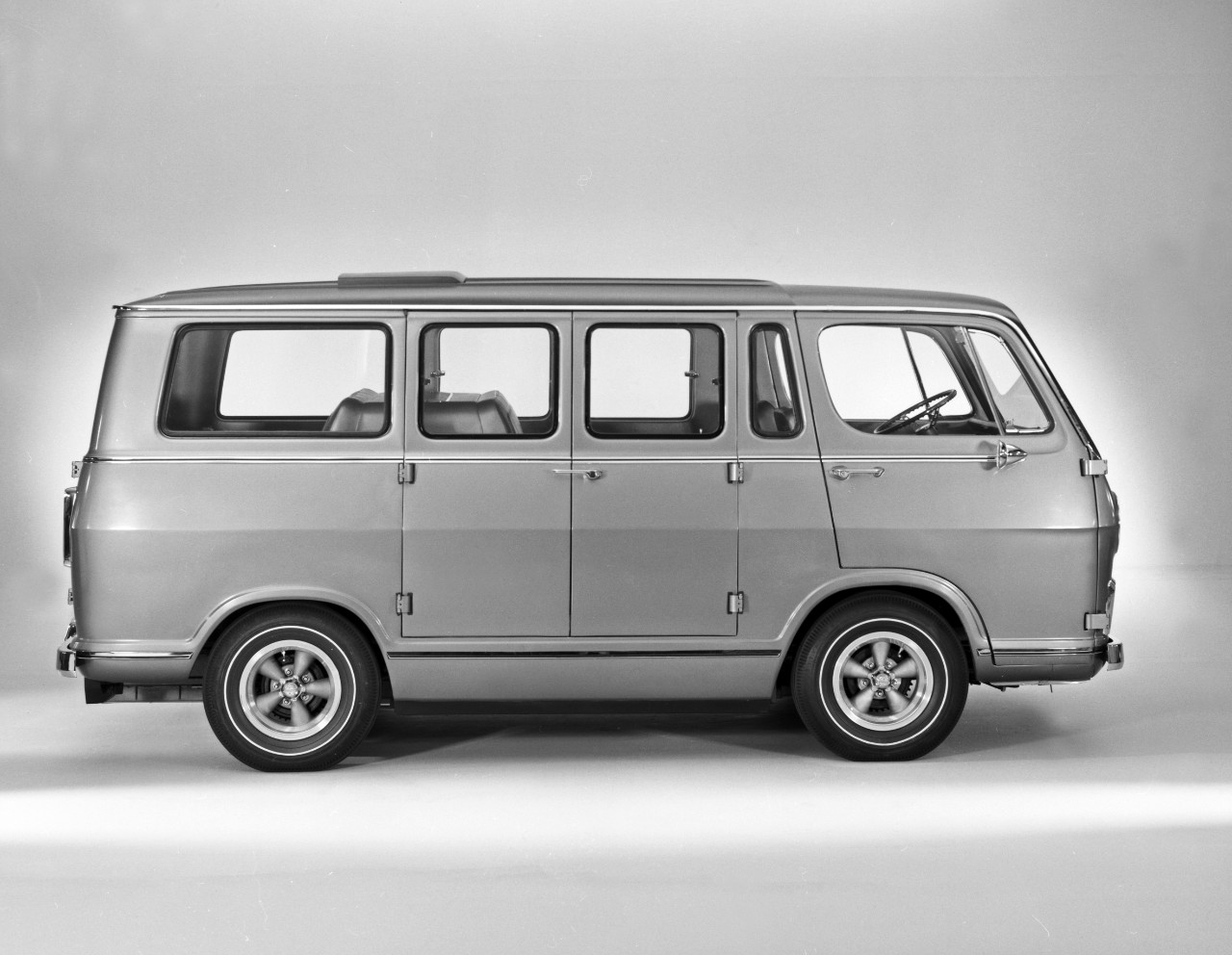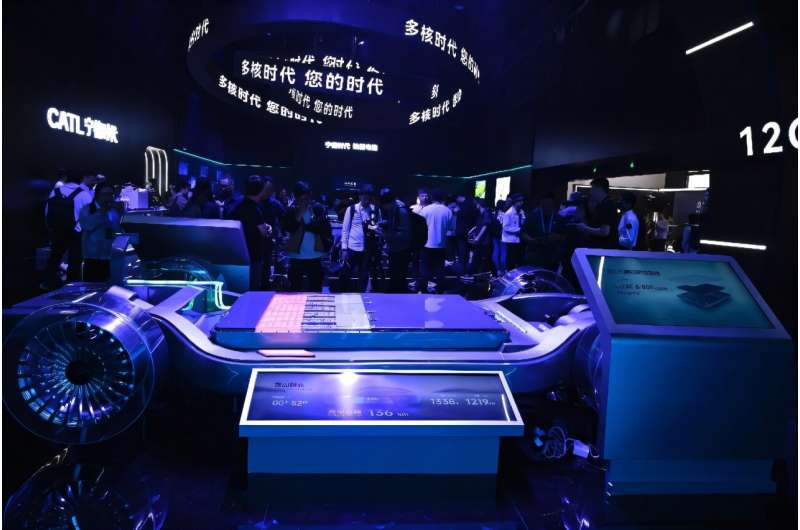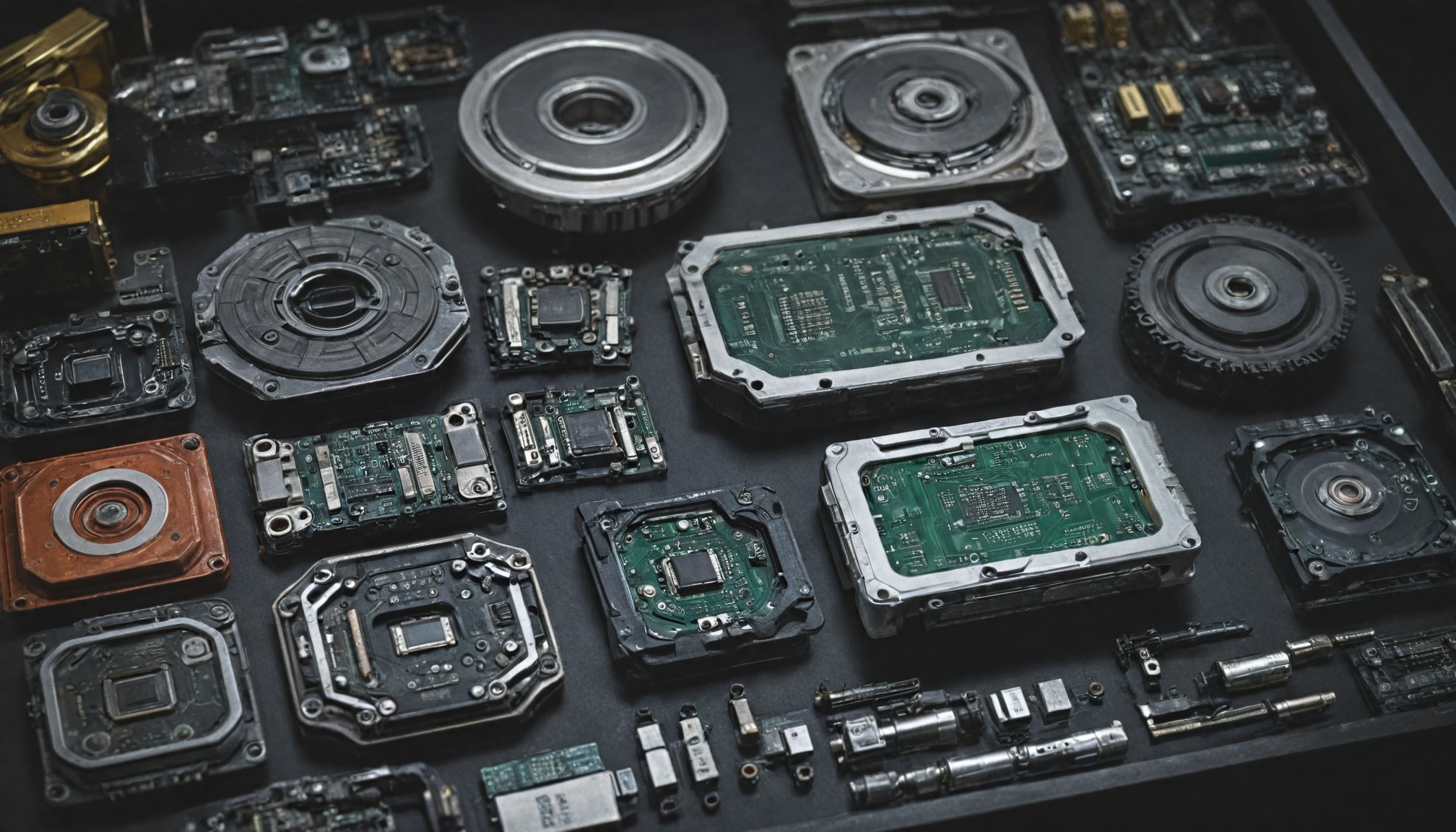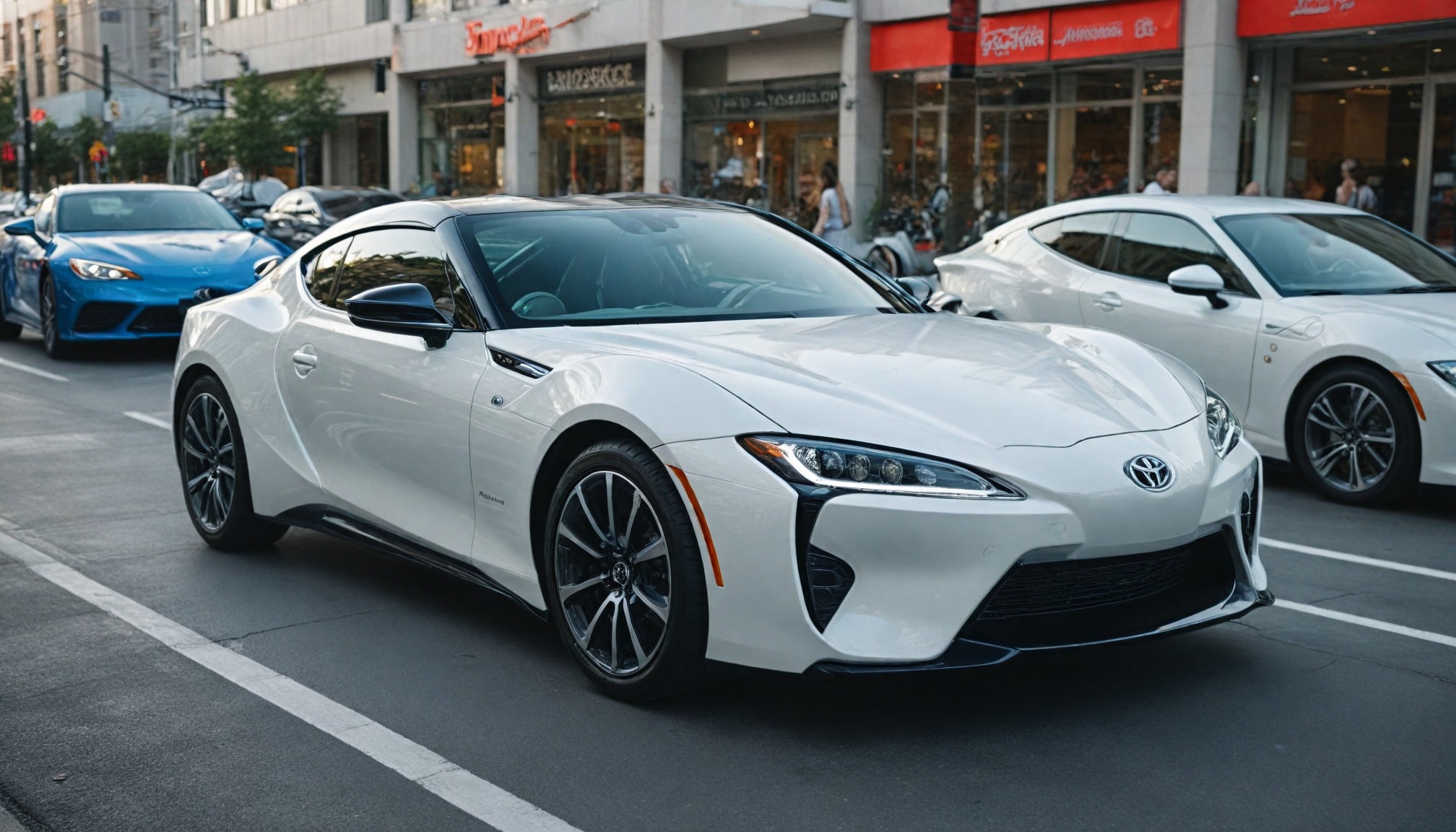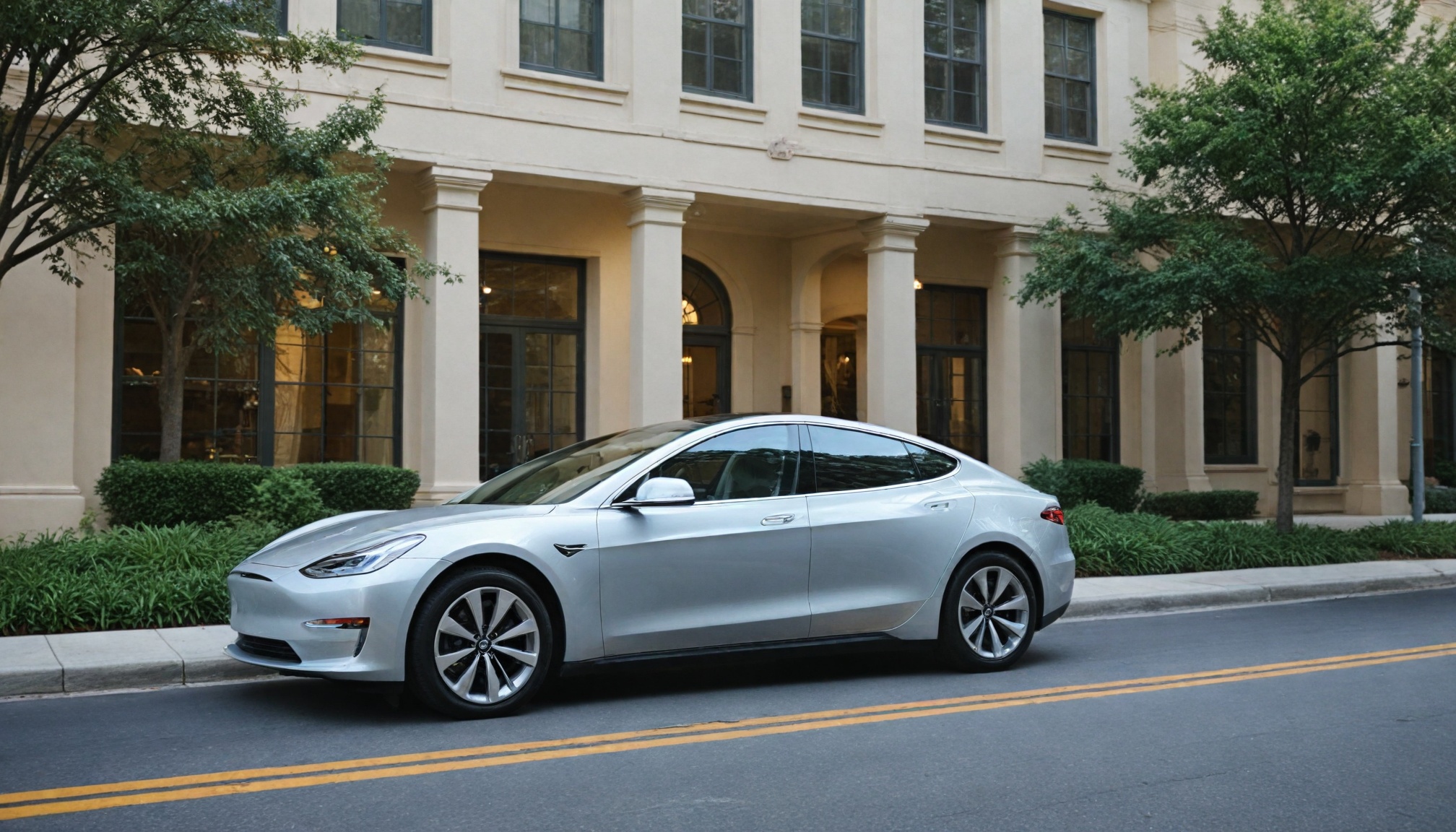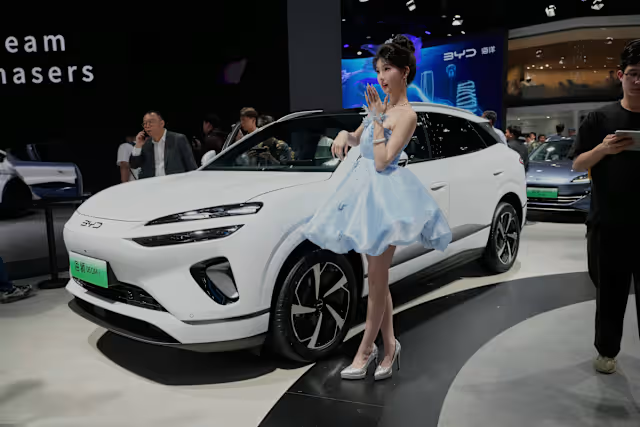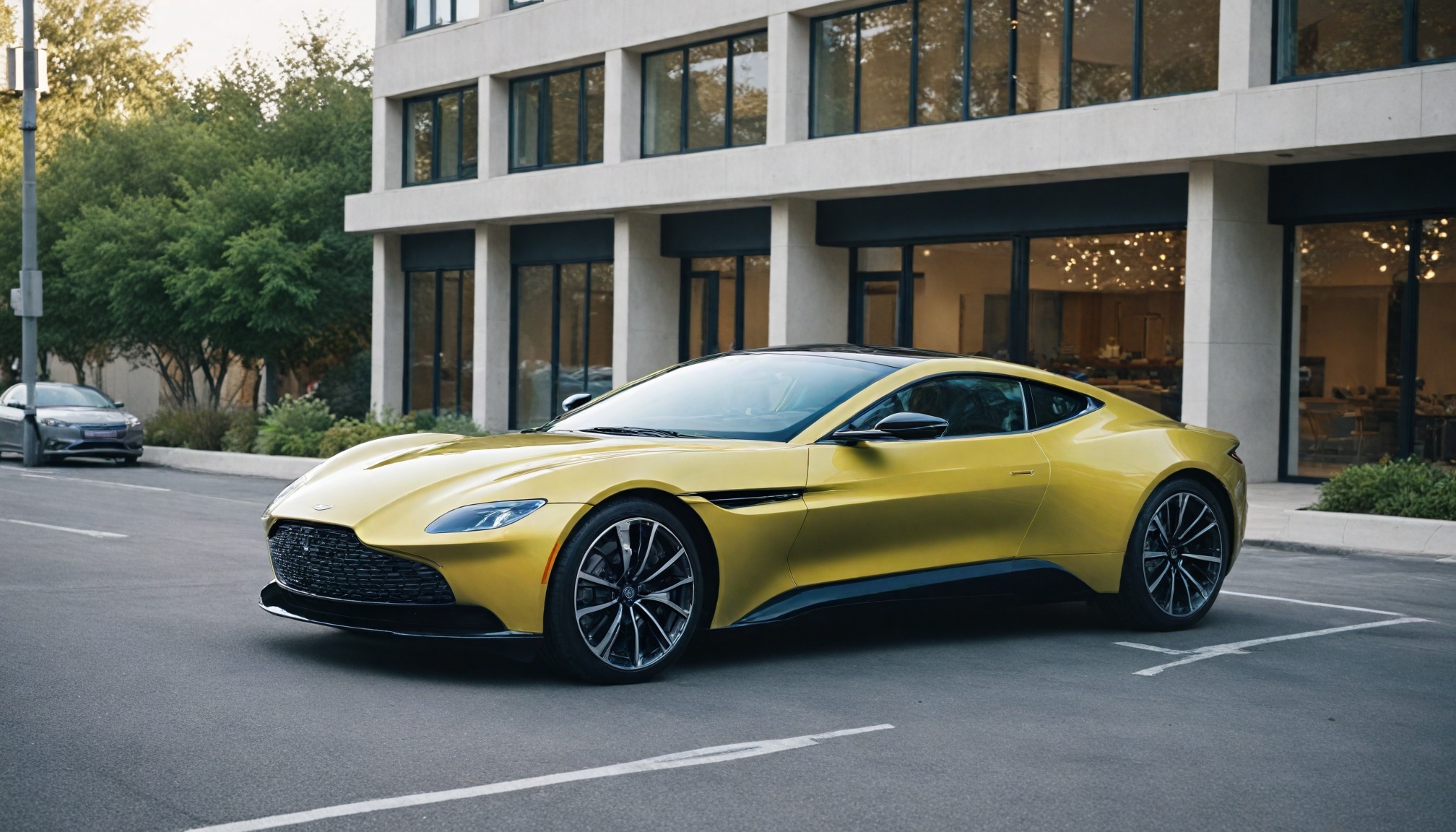
Automakers shift EV timelines as 80% of executives admit electrification is slower than projected, with luxury brands prioritizing hybrids amid technical, economic, and competitive challenges.

Drivetech Partners
The automotive industry's race to electrification is hitting significant speed bumps as major manufacturers recalibrate their EV timelines in response to market realities and practical constraints. What began as ambitious, date-specific electrification commitments has evolved into a more cautious and pragmatic approach, with luxury brands like Aston Martin pushing EV debuts years into the future while prioritizing hybrid technologies.
Key Takeaways
A growing trend of automakers including Aston Martin, GM, and Ferrari are delaying previously announced EV targets by years
Over 80% of automotive executives admit the EV transition is happening slower than initially projected
Technical hurdles, supply chain problems, and Chinese competition are driving most of these strategic recalibrations
Luxury brands are increasingly prioritizing hybrid technologies as stepping stones rather than moving directly to full electrification
Despite these delays, the long-term trajectory toward vehicle electrification remains intact, albeit on a revised timeline
Market Reality Versus Electrification Vision: The Widening Gap
The automotive industry is facing a stark reality check in its electrification journey. According to recent industry surveys, 80% of automotive executives now acknowledge that the EV transition is proceeding significantly slower than originally planned. This admission marks a notable shift from the confident proclamations made just a few years ago.
Aston Martin exemplifies this trend, having pushed its first fully electric vehicle from an initial 2025 target to simply "within this decade" – potentially as late as 2030. This five-year postponement isn't isolated. General Motors has delayed electric pickup production at its Orion plant to mid-2026, while Buick's Electra E5 launch faces similar setbacks.
The scope of these delays is substantial. PwC's analysis reveals North American new-model launches encountering steadily increasing delays over the past four years, with forecasts predicting 20-40 launch delays annually through 2026 across the automotive sector. These aren't minor scheduling adjustments but significant strategic pivots.
Meanwhile, luxury brands are taking a more measured approach, prioritizing plug-in hybrids as an interim step. Aston Martin's PHEV Valhalla supercar, launching in 2024, represents this bridging strategy toward eventual full electrification.
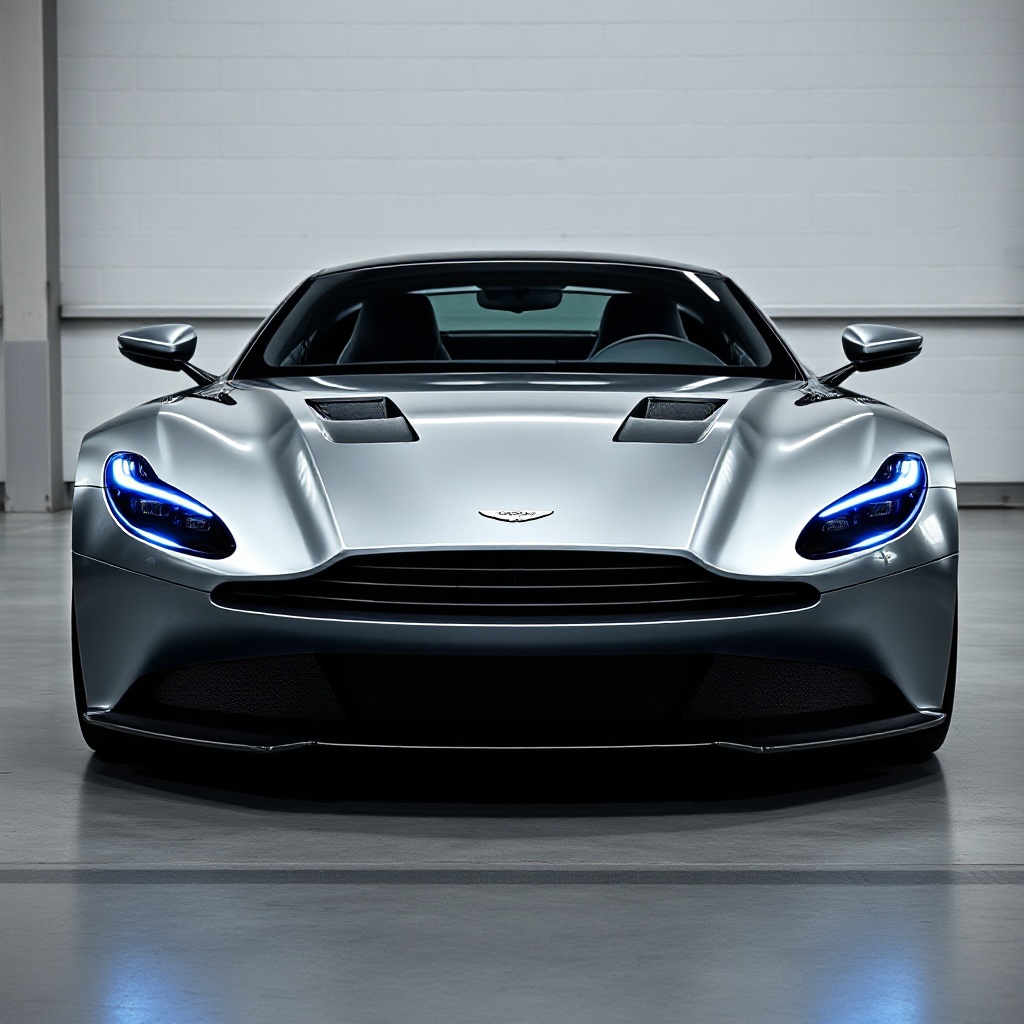
The Perfect Storm: Technical, Economic and Competitive Pressures
Multiple forces are converging to create a perfect storm of challenges for automakers' electrification plans. Production difficulties account for over 50% of the current delays, with persistent supply chain problems, particularly for electronic and powertrain components, leading to significant product development disruptions.
Rising Chinese competition has emerged as a major concern. Chinese automakers now control over 40% of global vehicle production, and 70% of global OEMs express worry about the financial impact from Chinese competitors' expanding market presence. This competitive pressure intensifies as Chinese manufacturers gain technological sophistication while maintaining cost advantages.
Recent trade tensions have further complicated matters. U.S. and European tariffs on Chinese-built EVs introduce additional market uncertainty, with GM warning of a $5 billion tariff impact to its 2025 earnings. Ford projects a $1.5 billion hit and has suspended guidance as a result.
These economic and competitive pressures force automakers to carefully reconsider the pace and scope of their electrification investments, prioritizing profitability over rapid transition.
Consumer Sentiment and Infrastructure: The Overlooked Realities
Beyond production challenges, automakers face consumer hesitation that wasn't fully anticipated in early EV planning. Three key obstacles are consistently cited: charging infrastructure gaps, persistently high EV prices, and weaker demand than expected in certain markets.
In the luxury segment, where many expected early adoption, consumers are showing less interest in EVs than anticipated. According to Aston Martin's CEO, affluent buyers' preferences are pushing luxury brands to maintain internal combustion engine models while developing hybrid alternatives as a compromise.
Repeated launch delays create a secondary problem: eroding consumer trust and confidence. Potential buyers become wary of pre-ordering or waiting for new EV models when original release dates are frequently missed, creating a cycle of diminished enthusiasm.
Meanwhile, charging infrastructure development lags behind earlier projections in many markets, reinforcing range anxiety concerns. This infrastructure gap forces automakers to reevaluate their EV timetables as they recognize that consumer adoption depends on more than just producing attractive electric vehicles.
The Hybrid Bridge: Pragmatism Overtakes Pure Electric Ambition
In response to these challenges, automakers are increasingly viewing hybrids not as a temporary stopgap but as a critical transition technology. Luxury brands like Aston Martin and Ferrari are particularly emphasizing PHEV development before full electrification.
This strategic shift is driven by technical challenges with batteries, range, and performance at premium price points. Market data shows stronger consumer acceptance of hybrids versus pure EVs in certain segments, providing validation for this approach.
As a result, engineering resources are being reallocated from pure EV development to hybrid powertrain refinement. Strategic partnerships are forming to share hybrid technology development costs across manufacturers, allowing companies to maintain progress toward electrification while addressing immediate market realities.
This hybrid bridge strategy enables automakers to reduce emissions incrementally while developing the technology and infrastructure needed for eventual full electrification.
Regulatory Pressures Versus Market Reality
A growing tension exists between government mandates and actual consumer adoption rates. Automakers are strategically realigning EV launches to coincide with tightening CO₂ regulations in Europe in 2025, rather than rushing ahead of regulatory requirements.
The slowing pace of mass-market EV rollouts threatens progress toward the European ban on new petrol and diesel cars by 2035. This creates significant strategic dilemmas for manufacturers caught between regulatory compliance and market demand.
Industry lobbying has increased for more flexible regulatory approaches that acknowledge market challenges. Carbon credit strategies are being revised as EV volume projections shift downward, and regulatory uncertainty in key markets like the US adds complexity to global product planning.
This regulatory-market tension forces automakers to balance compliance with consumer preferences, seeking pathways that satisfy both without undermining business viability.
Technology Partnerships and Innovation: Adapting the Approach
Despite timeline adjustments, innovation continues with a shifted focus toward practical implementation. Partnerships like Aston Martin's with Lucid aim to deliver advanced electric technology for future models, combining expertise to overcome development hurdles.
Hybrid development benefits from ongoing advances in battery and powertrain systems. Technology sharing is becoming more common as companies seek to spread development costs across multiple manufacturers, creating efficiency in R&D spending.
Software development and digital features are gaining priority as key differentiators during this transition period. Meanwhile, emerging battery technologies potentially reshape the EV landscape but require longer development cycles than initially anticipated.
This collaborative approach to innovation allows the industry to maintain progress toward electrification goals while addressing the practical challenges that have forced timeline revisions.
Long-Term Outlook: Revised But Resilient
Despite the current wave of delays, the global EV market maintains its growth trajectory, albeit at a slower pace than initially projected. Bloomberg forecasts EVs will account for 58% of new car sales by 2040, with significant regional variation reflecting different adoption rates and regulatory environments.
Global EV sales reached 3.1 million in 2020, growing 43% year-over-year despite pandemic disruptions. This ongoing growth, even amid challenges, suggests the electrification trend remains fundamentally sound.
Industry experts maintain long-term optimism driven by falling costs, regulatory pressure, and sustainability priorities. Financial markets are adjusting expectations but continue to reward companies with credible electrification strategies.
Climate imperatives ensure continued movement toward electrification despite timeline extensions. The question isn't whether the automotive industry will electrify, but rather how quickly and through what transition technologies the shift will occur.
As automakers recalibrate their approach to electrification, they're not abandoning the goal but recognizing that the path forward requires greater flexibility, collaboration, and responsiveness to market realities than originally envisioned.
Sources
Digitimes - Luxury car electrification faces uncertain outlook
BloombergNEF - Electric Vehicle Outlook
BusinessWire - Chinese Competition and EV Delays Automakers Top Concerns
Automotive News - EV launch delays pile up
PwC - Managing and minimizing new auto model launch delays
Modern Car Collector - Aston Martin's First Electric Vehicle Faces Further Delays
EVPowered - Aston Martin delays first EV to 2030
